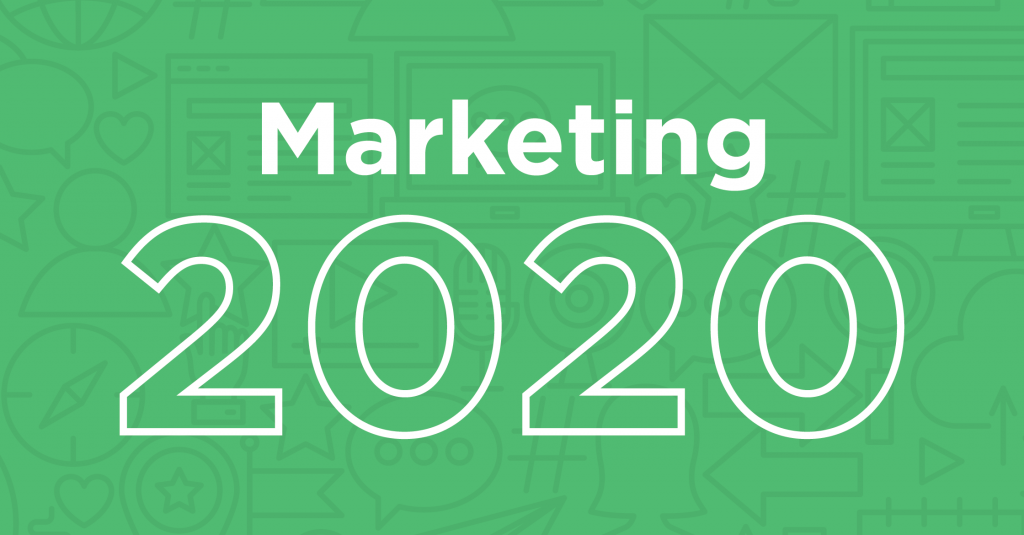- Miscellaneous

The new year is a blank slate, a time to start afresh, the perfect occasion for testing new marketing ideas. A lot of time and brain space is devoted to devising goals, strategies, and tactics for the year to come. (There may also be some fantasizing about blowing objectives out of the water and earning the eternal gratitude of coworkers, supervisors, and the greater organization.)
Yes, a lot of thought goes into new year plans. Is enough of it devoted to our customers?
They factor into our plans, of course. We know them well. We’ve created personas, we’ve determined the messaging that will be effective and how to get it in front of them.
But have we thought about their plans for the new year? Have we considered that they probably don’t want to spend hours on end sorting through marketing emails? That they’d prefer not to get interrupted by spam calls so often that they don’t even answer calls from unknown numbers anymore? That they’re sick of pop-ups interrupting them when they’re engrossed in a great blog?
It’s time to think about marketing differently, in 2020 and beyond.
Market For, Not At
People are bombarded with more marketing messages than ever before. Digital marketing has opened up a whole new realm of opportunity; there are so many options for sharing messages at a relatively low cost per result. Plus, targeting and retargeting have made it all that much more effective. The problem is that everyone’s taking advantage of it. There are so many messages going out all of the time.
It doesn’t matter how many times I see an ad for a product—if it doesn’t make any sense for my life, I’m not gonna buy it. I’m looking at you, Land Rover. (Though I suppose you could argue that Land Rover is trying to nurture me to a purchase 10 or 20 years down the line.)
Marketers and advertisers have gotten so much wiser to the fact that blanketing an entire group with ads that may only apply to a few (aka, spraying and praying) isn’t effective, and that it’s annoying. That’s well known, and that’s not a new idea that I’m trying to take credit for here.
What I’m saying is that good targeting isn’t enough. You’ve got to add value and delight, not just create more noise. Marketers have to think about marketing for their audience, rather than at them.
Bring In, Don’t Push Out
This idea goes back to the whole “inbound vs. outbound” concept. Outbound marketing (also called “interruption” marketing) is what many people think about as advertising. Marketing emails, spam phone calls, social ads, television spots, etc. Outbound is about pushing information out.
Inbound marketing is about bringing people in by providing value and earning their attention. Content marketing is a great example of an inbound strategy. Putting out helpful information that you know your audience wants helps people discover you when they’re already looking for what you have to offer. As you can imagine, it’s more effective!
Do the Right Thing, Not the Easy Thing
You know how the saying goes: Market to others the way you would like to be marketed to.
One might think that they wouldn’t want any marketing messages in their life. But that’s probably not true. How would we hear about the amazing new product that could change our lives?
I think what we all want is more valuable and personalized marketing messages (and probably a lower quantity of them). We want information readily available to us when we search for it, and we want outbound marketing to be more relevant and less annoying. We want marketers to put in the effort to get to know our needs and provide helpful information.
As marketers, it should be our responsibility to do the right thing by our audiences. To create products and services that actually increase quality of life. To provide information but not manipulate people to action. To respect our customers’ data instead of exploiting it. To provide value instead of interruption.
Doing things this way can frustrating. The results aren’t as immediate. But those who commit themselves to it now will be that much more prepared for the future (just look at the GDPR and CCPA to see where we’re headed)—and more successful that much sooner. If you haven’t already, why not start marketing differently in 2020?
SHARE IT!
-
Miscellaneous
Unveiling the Power of Marketing Awards: How Recognition Transforms Client Success Stories!
-
Culture
Tools of the Trade




